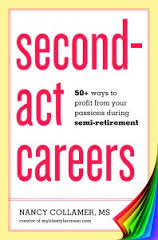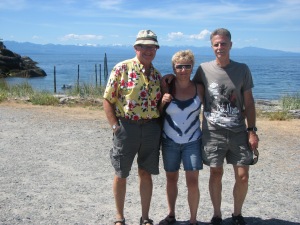Once again, the months have vanished. I’m going to call it a period of consolidation.
Since last summer, we’ve embarked on a series of changes, triggered while Cheryl and I jogged a deserted forest road in the early morning sun. “I think it’s time to retire,” she said.
Within a few days, our plan was hatched. We decided to move out of the city and put almost everything in storage in the small coastal town where we were currently holidaying. That way we could move into temporary digs in our new hometown and scout out the area.
While breakfasting with friends – two local and two from Australia – we hatched a plan to take advantage of our lightened state and travel Down Under. We hadn’t been to Australia since our four-year-stay in the mid-80s, and there was a lot we didn’t see then. Soon, the six of us were planning six weeks in northern New South Wales and Queensland, including time based in our Aussie friends’ “intentional community” and a 2400km AirBnB road-trip down the coast from Cairns.
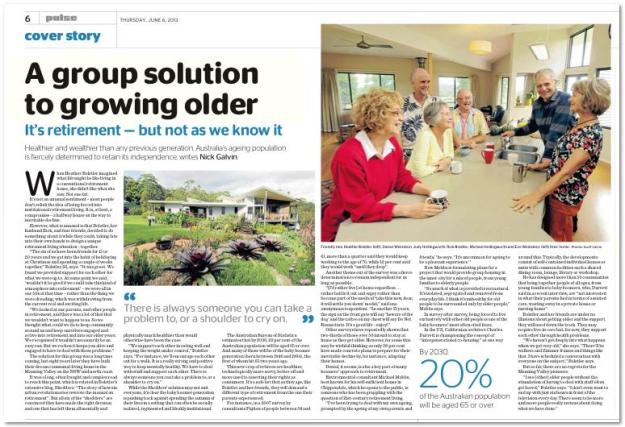
Our friends at “Shedders” have sparked considerable media attention.
Our friends’ three-couple home north of Sydney will be fascinating to visit and get to know in some details. As we’ve discussed here, the communal lifestyle has piqued our interest, but we’ve yet to figure out how best to implement it in our new hometown.
Cheryl and I decided to add some other countries before and after Australia, and we soon had a different group of six enrolled in an organized Vietnam cycling adventure including Hanoi, Hue, and Ho Chi Minh City. For a romantic wrap up, the two of us will join a two-week small-group tour of Bali and Lombok in Indonesia.
When we return from this 10-week adventure – our longest trip since Costa Rica – we’ve booked two months of an AirBnB in our new hometown. Following that, we’ll be doing a local 10-day cycle trip and a weekend kayaking adventure on southern Vancouver Island with our old outdoor club. Hopefully, by June we’ll know where we’re living after that. But in three weeks, after a dozen years at the same address, we’ll officially be nomads.

We’ll live first in historic Townsite – Sept. 2013 photo by Robert Dall
Since the summer, the days have dissolved into an endless round of decluttering and packing. We’re finally finishing up the decluttering project begun almost two years ago, having reduced our volume of “stuff” by more than half. I’m looking forward to spending some months with just a few bags and the everyday essentials, although Cheryl and I have had frequent set-tos about what constitutes “essential.”
There’s also been an endless series of tasks involved in severing our ties with our current hometown, where we’ve lived pretty much continuously for 28 years. Earlier on, most of them involved work, but in the past few weeks, more of them have been in the nature of “goodbye dinners” and the like. It’s bittersweet, and reminds us how important it will be to “find our tribes” in our new community come May.
But today, the focus is on our upcoming trip, buying SIM cards, and entering all our trip details in TripCase. Only 20 more sleeps, and only three more work days left for Cheryl.
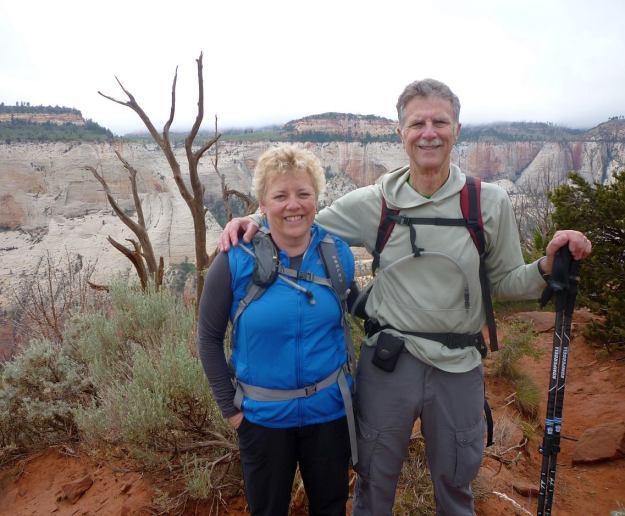
Collaborating got us to Observation Point, Zion National Monument, Utah
Cheryl’s anticipated freedom has already had some effects. You may have noticed that my voice has been the dominant one so far on this blog, and that lately it’s been hit and miss. During our upcoming trip, and the new-home adventures after that, we’re planning on returning to more frequent posting and sharing the load more evenly. Let’s see how we can do on collaborative posts.
Cities, Cities, Cities
Much of our travel both past and planned centers around rural adventures: sailing the Cyclades, or cycling Provence or Croatia’s Dalmatian Islands or Vietnam north to south, for example. Visiting cities has often been an afterthought.
Still, besides Vancouver, the beautiful and fascinating city where we’ve lived these past three decades, we have stumbled on some interesting cities in our recent travels. We blogged about one favorite: Ljubljana, Slovenia. On that same Dalmatian cycling trip, we were also surprised at how much we enjoyed wandering around the Croatian capital of Zagreb. When we do visit cities, we prefer to explore them on foot; we greatly enjoyed our pay-what-you-want tours in Paris with Discover Walks. Often we just like to wander.
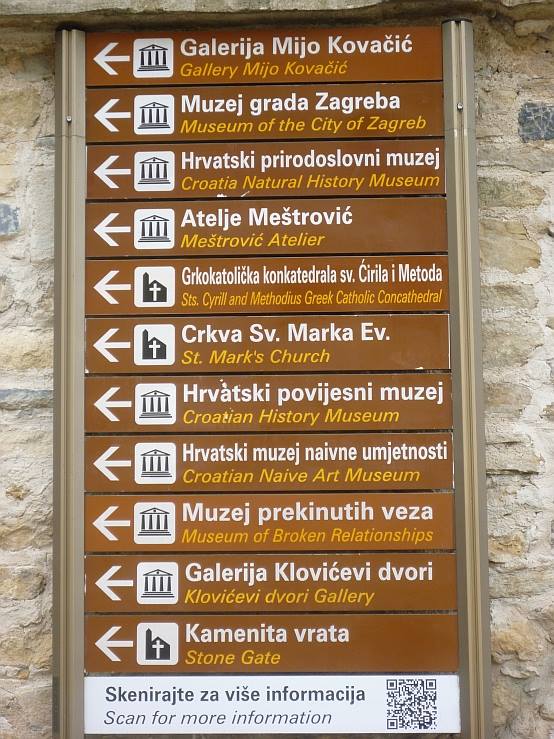
While visiting Zagreb, we couldn’t miss the Museum of Broken Relationships
Sometime, though, when a guide is not available, it’s nice to have an alternative. Returning from Buenos Aires, some friends recommended GPSmyCity, which offers over 5000 app-guided walks in over 470 cities worldwide. We will likely try them out during our upcoming travel. Covered cities we will visit include Hanoi, Hue, and Ho Chi Minh City in Vietnam, Sydney, Cairns, and Brisbane in Australia, and Denpasar in Bali, Indonesia.
Recently the folks at GPSmyCity contacted us with a special offer to our readers. The first 20 readers who comment on this post nominating their favorite city attraction will receive a promo code for one of their full-version city walk apps. Each such code allows a free download of the app, which normally costs US$4.99 at the App Store. So leave a comment with your nominated attraction, and if you qualify, let us know how you enjoy your GPSmyCity tour. (If you nominate an attraction in one of our upcoming destinations, you’ll also win a special place in our hearts.)
Related Posts:
- What Happens While You’re Busy Making Other Plans“
- “Clutterphobia“
- “Transitions – Part II“
- “Why Live Alone?“
- “What our Family Learned during our Season in Costa Rica“
- “Why Travel Alone?“
- “Cycling in the Southern Dalmatian Islands“
- “Adventures in Our Own Back Yard“
- “Travel Technology for Late Adopters“
- “Okay, so Why Blog?“
- “3 Days in our City of Love: Slovenia“

One of the guardians of Ljubljana’s Dragon Bridge.
For More Information:
- AirBnB – rent from local hosts: one of our favorite ways to travel
- CellularAbroad – this is where we chose to buy our SIM card
- TripCase – great app for organizing your itinerary. Cheryl beat me to this one!
- BikeTours.com – our favorite reseller of bike tours in Europe & beyond
- We’ll be doing “Vietnam from Hanoi to Ho Chi Minh City”
- G Adventures – our favorite adventure travel company
- We’ll be doing “Classic Bali & Lombok”
- DiscoverWalks – pay-what-you-want guided city walks
- GPSmyCity – sponsoring this month’s giveaway
- Check out their list of covered cities (iOS) or this bigger list (Android) if you need inspiration
Don’t forget to nominate your favorite city attraction below. First 20 get a free promo code for a GPSmyCity city app of their choice. In your comment, please also specify: iOS or Android, and your choice of city. (One code per email address. Offer expires March 5, 2016. Codes will be emailed by mid-March.)


























